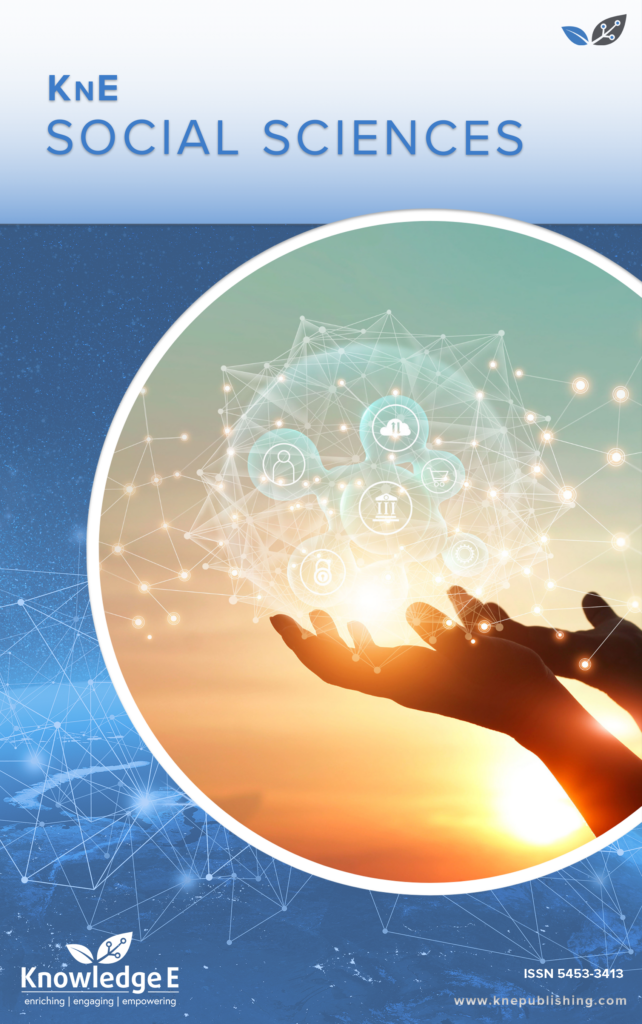
KnE Social Sciences
ISSN: 2518-668X
The latest conference proceedings on humanities, arts and social sciences.
Religious and Ritual Space in New Media World: A Study of “Internet Zazenkai” in Japan
Published date:Aug 04 2019
Journal Title: KnE Social Sciences
Issue title: The 10th IGSSCI (International Graduate Students and Scholars’ Conference in Indonesia)
Pages:68–81
Authors:
Abstract:
Zazenkai, also known as Zen meditation or Zen Mindfulness, is held in Japan for the general public, usually with time, place and procedures set by a Buddhist Zen Temple. With the emergence of the Internet and new media, several Zen Temples have started to hold Zazenkai by utilizing these media technologies including online live streaming. This new type of Zazenkai is known as Internet Zazenkai. Compared with traditional Zazenkai that are held at a certain time and place, the application of new media enables Internet Zazenkai to go beyond the spatial and temporal limits of nature, where Zen practitioners in different global locations participate together using webcam. Individuals spatially separated from each other could share the same time and space of Zazenkai on the Internet. While the new media technologies open up new opportunities for Zazenkai, they also invite examinations into religious meanings of time and space for Zen practitioners. This paper is based on the study and examination of Internet Zazenkai regularly held by Treeleaf Zendo, a Soto Zen temple in Tsukuba. Its homepage Treeleaf.org is a virtual space where live streaming of Zazenkai is provided, its recorded videos are kept, web podcast of lectures and talks are heard, and so on. By analyzing the techno-ritual phenomenon, this paper attempts to analyze the role of Zen masters and participants in the process of Internet Zazenkai and to examine the differences and similarities between traditional Zazenkai and Internet Zazenkai. This paper will shed new light on the influence of new media upon religious and ritual space in modern society.
References:
[1] Campbell, A. 2012. Digital Religion: Understanding Religious Practice in New Media Worlds. 1st ed. London: Routledge.
[2] Ciolek, M.T. 2004. “Online Religion”. The Internet Encyclopedia 2: 798-811.
[3] Foulk, Griffith. 2008. “Ritual in Japanese Zen Buddhism”. Zen Ritual: Studies of Zen Buddhist Theory in Practice: 21-82. London: Oxford University Press.
[4] Helland, C. 2000. “Online-Religion/Religion-Online and Virtual Communities”. Religion on the Internet: Research Prospects and Promises: 205-23.
[5] Hoover, S. 2012. “Foreword: Practice, Autonomy and Authority in the Digitally Religious and Digitally Spiritual”. Digital Religion, Social Media and Culuture: Perspectives, Practices and Futures: vii-xi. New York: Peter Lang Publishing.
[6] Hoover, S. and Echchaibi, N. 2012. The ‘Third Spaces’ of Digital Religion. Accessed on 15 October 2018.
[7] Howard, R.G. 2010. “Enacting a Virtual ‘Ekklesia’: Online Christian Fundamentalism as Vernacular Religion”. New Media & Society 12(5): 729-44.
[8] Kapleau, Philip. 1966. “The Three Pillars of Zen: Teaching, Practice, and Enlightenment”. Monumenta Nipponica 21: 214-216.
[9] Kawabata, A. and Tamura, T. 2007. Online-Religion in Japan: Websites and Religious Counseling from a Comparative Cross-Cultural Perspective. Accessed on 15 October 2018.
[10] Sato, Takahiro. 2003. “Sanzen to Komuitasu”. Journal of Asian Historical Cultural of Beppu University 19: 36-57.
[11] Sharf, Robert. 2005. “Ritual”. Critical Terms for the Study of Buddhism: 245-270. Chicago: University of Chicago Press.
[12] Turner, Victor. 1969. The Ritual Process: Structure and Anti-structure. 1st ed. Chicago: Aldine Publishing.
[13] West, Michael. 2016. The Psychology of Meditation: Research and Practice. Oxford: Oxford University Press.
[14] Zaleski, J. 1997. The Soul of Cyberspace: How Technology is Changing our Spiritual Lives, San Francisco: Harper San Francisco.